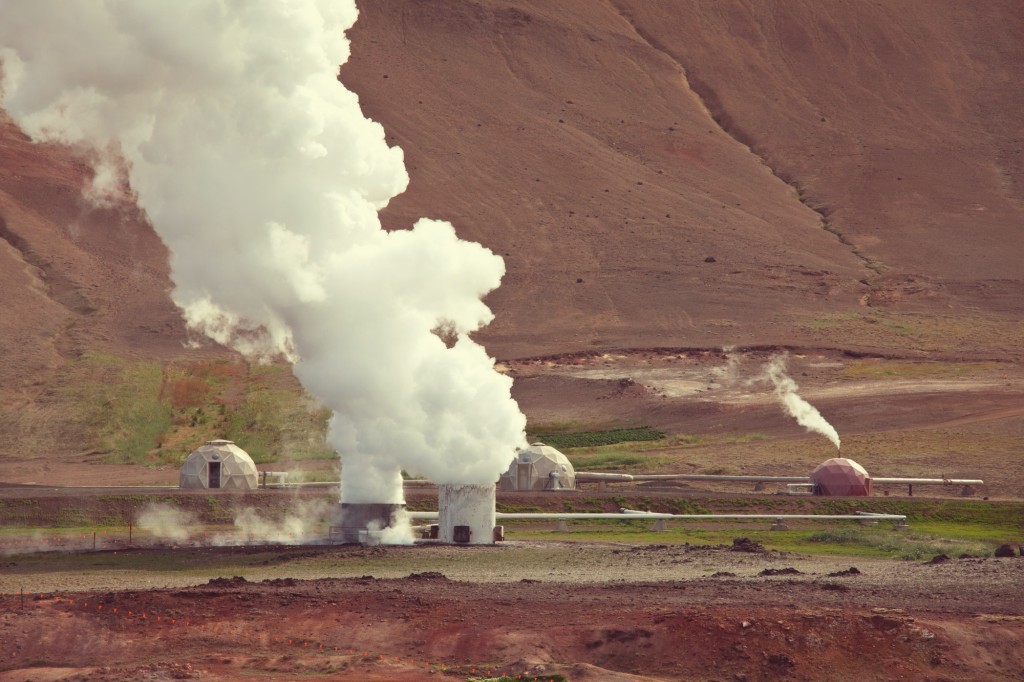
Geothermal Power Generation: Harnessing the Earth’s Energy
In the quest for sustainable and renewable sources of energy, geothermal power generation has emerged as a promising solution. This essay will explore the concept of geothermal power generation, its history, benefits, and challenges. By tapping into the Earth’s natural heat, this form of energy production offers a reliable and environmentally friendly alternative to traditional fossil fuels.
History of Geothermal Power Generation
The utilization of geothermal energy dates back thousands of years. Ancient civilizations such as the Romans and Greeks used hot springs for bathing and heating purposes. However, it was not until the late 19th century that geothermal power generation became a reality. In 1904, Italy became the first country to generate electricity from geothermal sources when they successfully lit four light bulbs using steam from a volcanic vent.
Benefits of Geothermal Power Generation
One of the primary advantages of geothermal power is its sustainability. Unlike fossil fuels such as coal or oil, which are finite resources that contribute to climate change through greenhouse gas emissions when burned for energy production, geothermal energy is virtually limitless and emits minimal greenhouse gases during operation.
Furthermore, geothermal power plants have a small physical footprint compared to other forms of renewable energy like wind or solar farms. This makes them an attractive option for countries with limited land availability or densely populated areas where large-scale installations may be challenging.
Another benefit is that geothermal power generation provides baseload electricity. Unlike intermittent sources like wind or solar that rely on weather conditions, geothermal plants can operate continuously since they harness heat from deep within the Earth’s crust. This ensures a stable supply of electricity without fluctuations in output.
Challenges in Geothermal Power Generation
While there are numerous benefits associated with geothermal power generation, there are also challenges that need to be addressed for its widespread adoption. One significant challenge is resource availability; not all regions have accessible high-temperature geothermal reservoirs required for efficient power generation. This restricts the potential for geothermal energy in certain areas, limiting its global reach.
Additionally, the initial investment required to develop geothermal power plants can be substantial. Drilling deep into the Earth’s crust to tap into hot water or steam reservoirs is a costly endeavor. However, once operational, geothermal plants have relatively low operating costs compared to fossil fuel-based power plants.
Environmental Impact
Geothermal power generation has a minimal environmental impact compared to traditional forms of electricity production. The process does not involve burning fossil fuels or emitting harmful pollutants into the atmosphere. However, there are some concerns related to the release of trace gases and minerals during drilling and fluid extraction processes. These emissions need to be carefully managed and monitored to minimize any potential negative effects on local ecosystems.
Geothermal power generation offers a sustainable and reliable source of energy that can contribute significantly to reducing greenhouse gas emissions and combating climate change. With advancements in technology and increased awareness of renewable energy sources, it is expected that geothermal power will play an increasingly important role in meeting global energy demands.
While challenges such as resource availability and initial investment exist, ongoing research and development efforts aim to overcome these obstacles. As we move towards a more sustainable future, harnessing the Earth’s natural heat through geothermal power generation will undoubtedly play a vital role in our transition away from fossil fuels towards cleaner energy alternatives.

 Find Yourself
Find Yourself